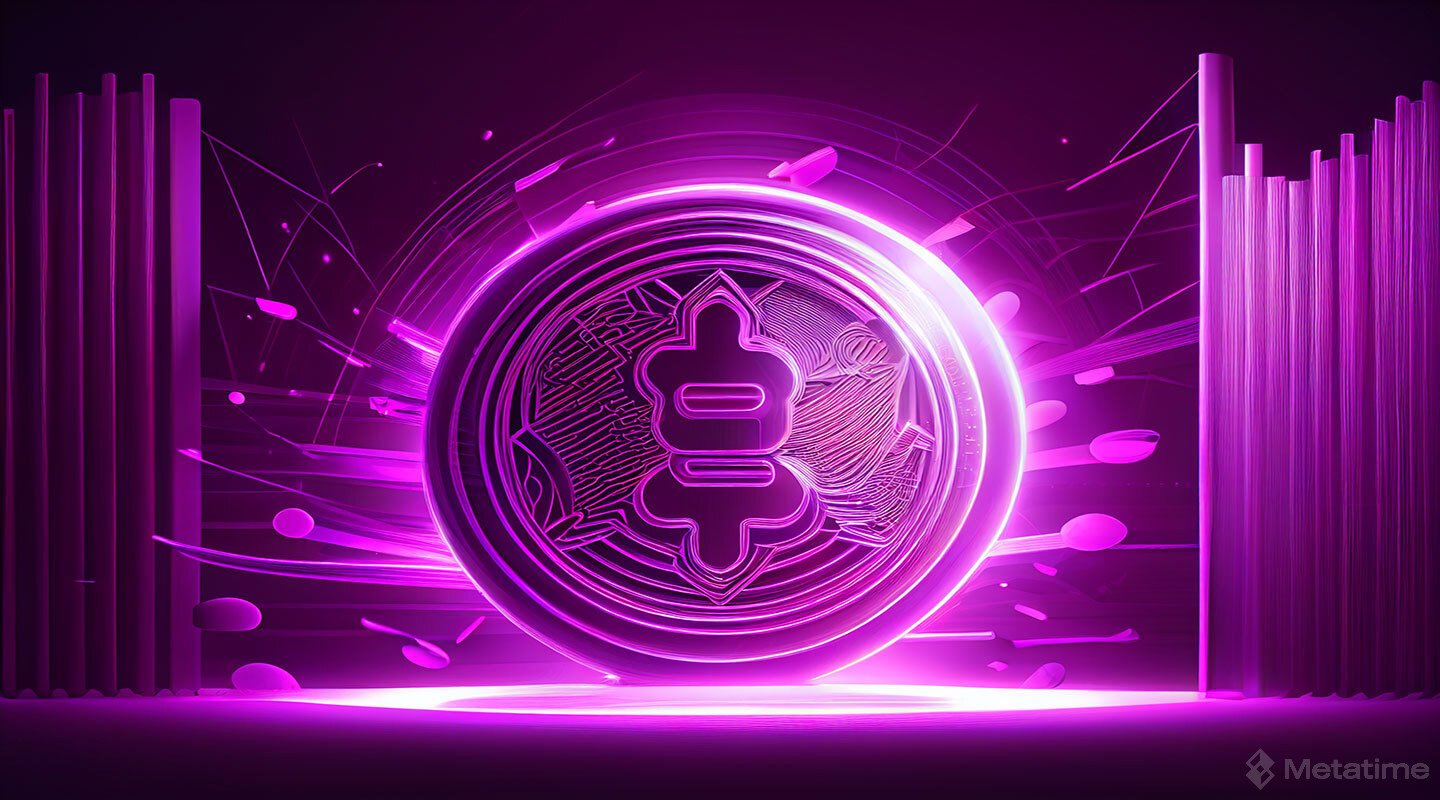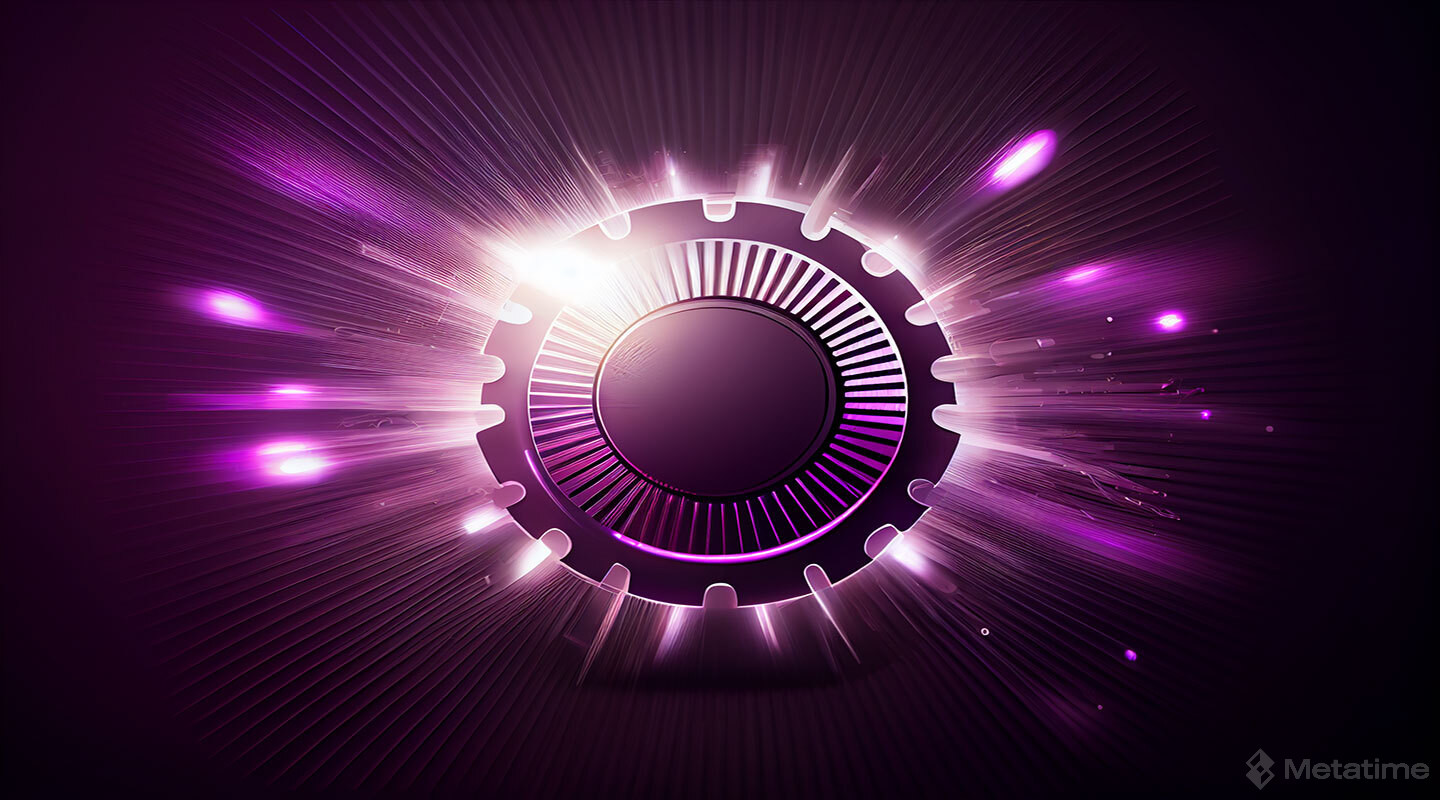Digital currency refers to trading instruments that are created, stored and transferred digitally. With digital assets, users own the asset in the digital environment without having a tangible indicator. Digital assets are not tied to any country or government and have no physical representation as coins or banknotes like traditional currencies. At the same time, some types of digital assets can be centralized and some decentralized. Decentralized digital assets are more reliable than centralized digital assets. Developers of digital assets, whether centralized or decentralized, make the most appropriate planning according to the field in which they are developing which type of asset.
A digital asset is an asset that can be stored, transferred and traded digitally. Digital assets can be traded with distributed technologies such as blockchain or decentralized databases.
The most widely used type of digital asset is cryptocurrencies. Cryptocurrencies rely on encryption to generate new units and make transactions. They are widely used for online and in-person buyings. Digital assets have no physical existence, they only exist digitally. Transactions with digital assets are carried out using computers connected to the internet or digital wallets.
Digital assets can be used to buy products or services. Instant transactions can take place between different locations. For instance, a person in Turkey can pay a counterparty in Germany with digital assets. Digital assets are considered a superset of cryptocurrencies. Cryptocurrencies use blockchain technology.
What Are the Features of Digital Assets?
The use of digital assets in different sectors has started to increase. The main features of digital assets are as follows:
- Digital assets exist in a digital form and have no equivalent in a physical form.
- They can be produced and used more cost-effectively without the need for physical production.
- Digital assets can be decentralized as well as centralized. Their transfer is faster. They are also easier to transfer internationally.
- The values of digital assets can be transferred.

How Do Digital Assets Differ from Cryptocurrencies?
Cryptocurrencies are also digital assets, but with some differences. Digital assets have a centralized structure as they are created by the central banks of countries. The production and supervision of digital assets is carried out by a central authority. Cryptocurrencies, on the other hand, are decentralized. The decentralized structure of blockchain networks eliminates the dependence on any central authority. The control of cryptocurrencies belongs to the network and the users within the network. Cryptocurrencies are also digital assets, but they have some differences.
What Are Examples of Digital Assets?
With the developing technology, the use of digital assets has increased and become widespread all over the world. There are many different types of digital assets. Digital assets have been shaped and differentiated with different usage areas and other purposes. Thus, the use of these assets has increased and diversified. Some of the well-known common types of digital assets are as follows:
- Cryptocurrencies
- Crypto Tokens
- Digital Works of Art
- Works with Digital Property Rights
- Digital Documents
- NFTs (Non-Fungible Token)
These and many more digital assets exist. These digital assets are among the most widely used digital assets today.
What Are the Advantages of Digital Aseest?
Digital assets have many advantages:
- Fast transfer and processing time
- No physical production required
- Favorable transaction cost
- Ease of storage
- Uniqueness
- Easy transfer as it has no physical form
Thanks to digital assets, products and services have emerged in different fields faster, easier to store, sometimes unchangeable or irreversible. Due to such advantages, digital assets have become increasingly preferred.
Fast Transfer and Processing Time
Digital assets are usually located within the same network. Therefore, transfers of digital assets can be carried out without the need for an intermediary. Transfer transactions are fast. Payment transactions with digital assets can also be carried out without an intermediary. It is usually instantaneous and cost-effective as the payment can be made between the people carrying out the transaction. Transactions with digital assets are recorded and transparent.
No Physical Production Required
Many of the requirements for physical currencies do not exist for digital assets. There are no physical defects in digital asset units. Physical currencies are circulated through intermediaries. The production or circulation of digital assets is simpler, unmediated and digital.
Favorable Transaction Cost
Digital assets enable direct interaction within a network. For instance, a buyer can make a direct payment to a simultaneous seller. Compared to fiat currencies, digital assets are more cost-effective as transactions are carried out without intermediaries.
Ease of Storage
Digital assets eliminate the need for storage and custody. Digital asset holders no longer need bank vaults or physical wallets to store their money.
Uniqueness
Digital assets, such as an NFT or a disposable digital document, have a unique structure. Assets developed with this structure are usually limited to a certain number.
Easy Transfer as It Has No Physical Form
No digital asset exists in any physical form. The transfer of digital assets takes place in the digital environment, just like the digital platforms on which they were created. This makes the transfer of digital assets easier and faster. In some cases, this can reduce the cost of transfer compared to real assets.

What Are the Disadvantages of Digital Assets?
Digital assets have some disadvantages:
- Openness to attack
- Price fluctuations
Openness to Attack
As digital assets exist in a virtual environment, they are a target for hackers and are therefore vulnerable to attack. Hackers have the potential to steal digital assets from digital asset wallets or modify the digital asset protocol to render the asset useless.
Price Fluctuations
Digital assets used for trading may experience price fluctuations.
Where Are Digital Assets Used?
Digital assets are used in many different areas. Especially in recent years, cryptocurrencies and blockchain technology have increased the use of digital assets and created new opportunities. Here are some of the areas where digital assets are used:
- Financial Services
- Art World
- Games and the Video Game Industry
- Music
- Real Estate
- Health Services
- Supply Chain Management







